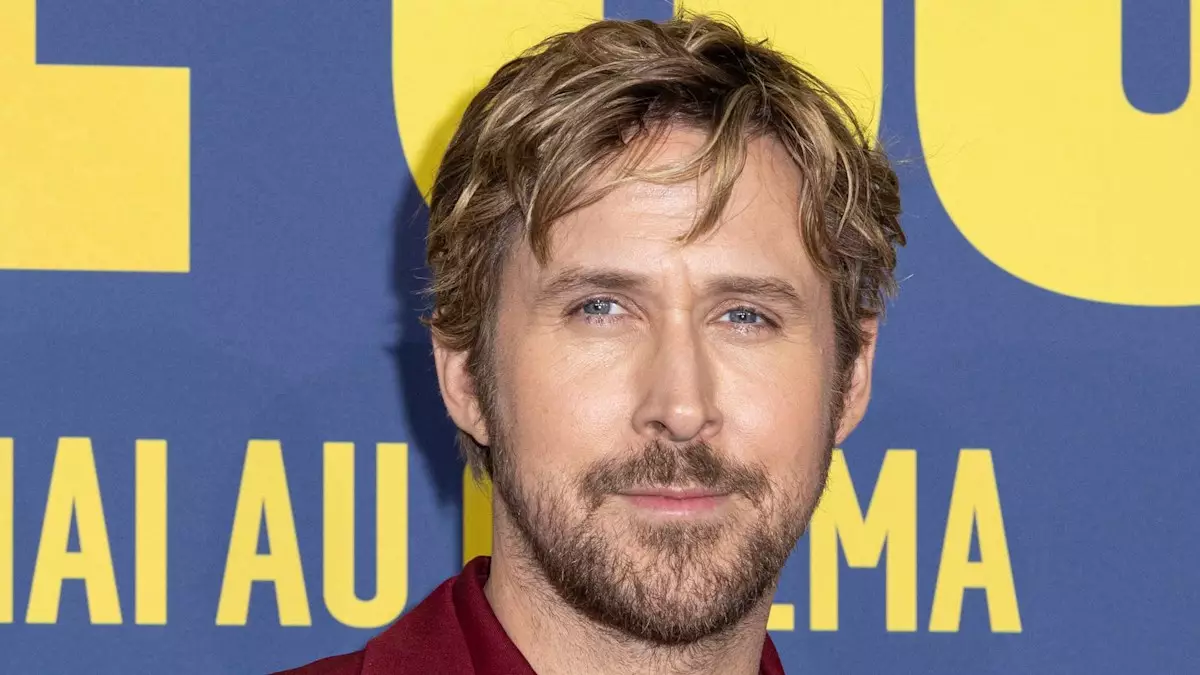Ryan Gosling’s latest metamorphosis for the upcoming film *Project Hail Mary* isn’t just another actor slipping into a role; it underscores his fearless commitment to reinventing himself, both physically and artistically. The recently released trailer reveals a Gosling who is nearly unrecognizable—sporting long, wavy hair and a scruffy beard—a stark departure from his typical sleek, controlled appearance. This isn’t merely a cosmetic change for credibility; it’s a deliberate shedding of his trademark looks to immerse deeply into the character of Ryland Grace, a molecular biologist thrown into the vast unknowns of space. Through this radical change, Gosling challenges the Hollywood industry’s narrow definitions of leading men and star personas, pushing boundaries on what a mainstream actor can physically embody.
Daring Roles in Science Fiction and Beyond
Gosling’s choice to headline *Project Hail Mary*—an ambitious adaptation of Andy Weir’s acclaimed 2021 novel—signals a sophisticated evolution in his career trajectory. The movie’s premise, centering on a teacher-scientist racing against a cosmic extinction event, demands more than a traditional Hollywood hero; it requires a nuanced mix of vulnerability, intellect, and resilience. Gosling’s excitement about the project, calling it “insanely ambitious,” reflects an actor who seeks complexity over complacency in his roles. Unlike formulaic blockbuster casting, Gosling seems drawn to stories that challenge audiences intellectually while offering emotionally textured characters. This intertwining of blockbuster scale with cerebral storytelling positions him uniquely among his peers.
Defying Ageist and Typecasting Tropes
The actor’s history of radical physical transformations, such as his bleach-blonde Ken in *Barbie*, reflects a purposeful rebellion against Hollywood’s limiting stereotypes. When Gosling was initially cast as Ken, he faced uproar over alleged age-inappropriateness, revealing deep-rooted biases regarding age and masculine image in the industry. Yet, Gosling’s response was both witty and incisive, critiquing fans’ sudden obsession with Ken’s character while calling out their superficial hypocrisy. His stance is a refreshing reminder that actors should not be boxed into narrow expectations or judged by arbitrary standards of youth and aesthetics. Gosling doesn’t merely accept roles; he reshapes the conversation around who gets to play what and why.
The Power of Audience Perception and Artistic Risk
The backlash Gosling experienced for roles like Ken—as well as the eventual accolade of an Oscar nomination—exemplifies the tumultuous dynamic between risk-taking artists and their audiences. The initial skepticism toward his *Barbie* role evolved into admiration once Gosling’s unique blend of humor, pathos, and originality won over critics and viewers. This arc vividly illustrates how public opinion often lags behind artistic innovation. Gosling’s trajectory signals an important lesson that bold creative choices, even if initially controversial, can lead to greater respect and redefine an actor’s legacy. The courage to endure and embrace criticism is a hallmark of genuine artistry, something Gosling embodies.
Support Systems and Creative Confidence
Behind Gosling’s public transformations lies the often-unseen foundation of personal support. His wife, Eva Mendes, has been a vocal advocate, celebrating his willingness to tackle unconventional parts despite the backlash. Her public praise hints at the crucial role such support plays in sustaining an actor’s confidence amid industry and audience pressures. This partnership showcases the importance of emotional resilience and grounding in thriving within Hollywood’s spotlight. Gosling’s example could inspire other actors to pursue challenging work without fear of social media or industry dogma, as long as they have authentic backing personally and creatively.
Redefining the Modern Leading Man
In reimagining characters from a bearded space explorer to a flamboyant toy icon, Ryan Gosling reshapes conventional notions of masculinity on-screen. He is not content to linger in comfort zones defined by appearance or predictable roles; instead, he embraces multiplicity and complexity. This approach not only enriches his own craft but also expands Hollywood’s cultural vocabulary surrounding male leads. Gosling’s evolution illustrates a growing appetite for layered, transformative performances that defy simplistic archetypes. For audiences craving originality and depth, his career serves as a beacon of fearless reinvention in a landscape prone to typecasting and stagnation.

